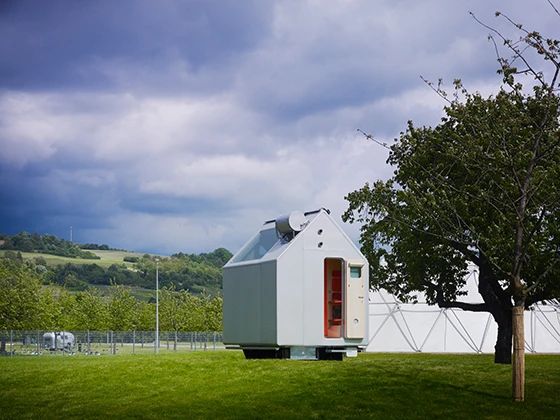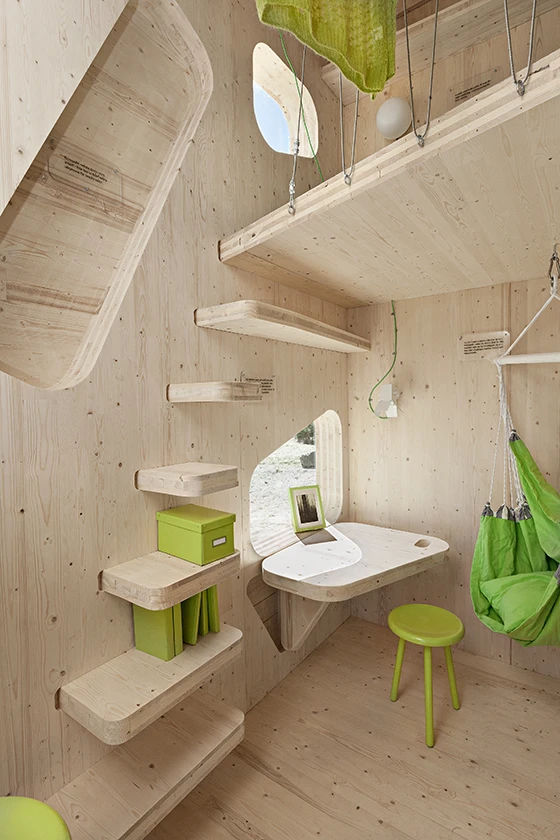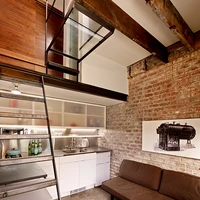Less is More: bigging up micro-architecture
Sustainability, cost-efficiency and space are just some of the factors driving an international renaissance in pocket-sized architecture that’s big on expression and style.
June 13, 2015 | 10:00 pm CUT

Yasutaka Yoshimura’s Window House, which he describes as a ‘house to see through’. It’s a three-storey structure simply by dint of being raised off the ground, thereby providing space for a patio underneath; photo: Yasutaka Yoshimura


In 2010, Rolf Fehlbaum, Vitra’s chairman, offered to develop a final prototype of Renzo Piano’s pet project, his Diogene house, which was exhibited for the first time at the Vitra Campus during Art Basel in 2013



Tengbom’s house used as student accommodation is designed to be ecological since it’s mainly made of renewable wood, which can be sourced locally in Sweden, thus minimising its transportation



The ultra-compact Brick House by Azevedo Design boasts such space-saving features as a built-in walnut wardrobe, as well as a 1-square-metre wet room and wall-mounted toilet in the bathroom



The Window House creates a sense of more space thanks to the dramatic connection it makes with the natural world outside. Its huge windows afford panoramic views of Sagami Bay and Mount Fuji; photo: Yasutaka Yoshimura
Project Gallery













